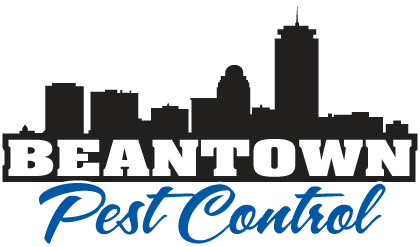Understanding Ants in Your Home: A New England Perspective
When it comes to dealing with ants in your home or business, various factors can come into play. Seasonal changes, weather conditions, moisture levels, and cleanliness all contribute to the presence of ants. However, the most crucial factor to consider is the type of ants you're dealing with and understanding why they are there.
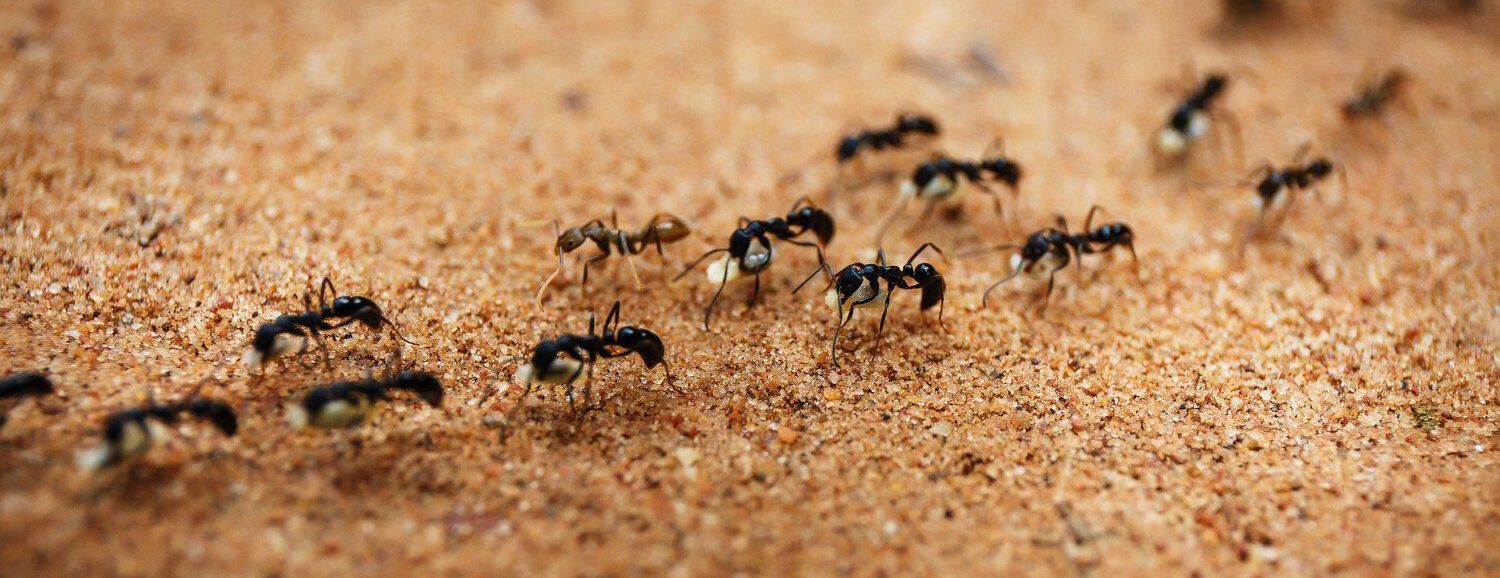
In the region of New England, particularly in Boston, MA, subterranean termites are the predominant species. These termites live in the soil and are known for their ability to construct covert mud tubes, allowing them to
navigate their way into homes and begin consuming wooden structures. The impact of subterranean termites in the area can be significant, as they can cause extensive wood damage in a relatively short period.
Common Ants in New England
New England is home to a variety of ant species, including carpenter ants, odorous ants, house ants, pavement ants, pharaoh ants, and little black ants. Among these, sugar ants and carpenter ants are the most frequently reported culprits, drawing attention due to their unique characteristics and potential impact on homes and businesses.
Different ant species are attracted to various environmental factors, with food and moisture being the primary lures. Even small amounts of food, such as leftovers, trash cans, fruit, pet food, or dirty dishes, can attract ants into your living or working spaces. Ants come in different sizes and colors, and their intentions vary; some are merely a nuisance, while others can cause significant damage.
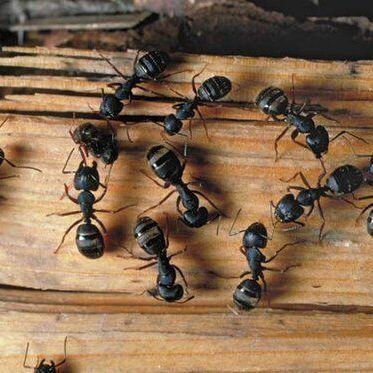
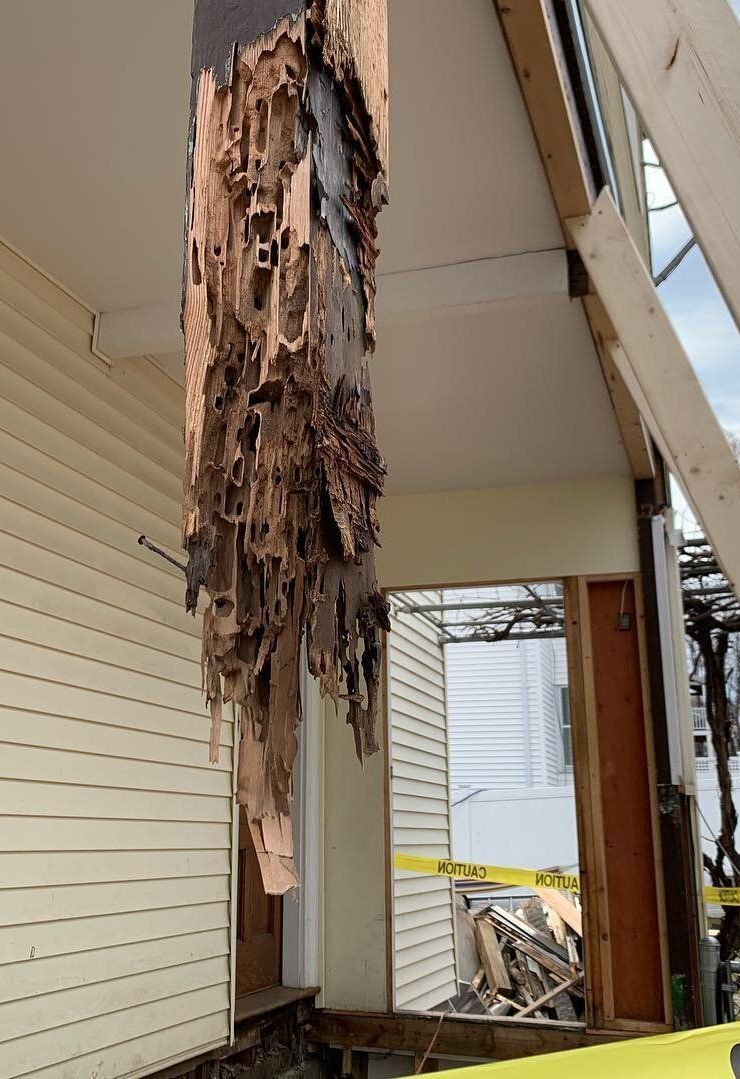
Carpenter Ants
Carpenter ants, known for their nest-building behavior, are prevalent in many New England homes. Unlike termites, these ants do not consume wood but rather carve it out to construct their nests, leaving behind a sawdust-like material known as frass. If left unaddressed, this behavior can lead to substantial structural damage over time.
Identifying carpenter ants is crucial, as they are among the largest ants, with shiny black bodies ranging from 1/4 to 1/2 inch in length. They have a varied diet that includes protein and sugar, such as insects, sweets, meat, and pet food. While the presence of a single carpenter ant may not indicate an infestation, frequent sightings in specific areas, especially of large-winged ants, could signal a nearby nest. Other signs of an infestation may include small openings on wood surfaces and piles of sawdust, also known as frass.
Preventing a carpenter ant infestation involves eliminating factors that attract them, such as removing potential food sources, sealing entry points, and addressing moisture issues, as these ants are drawn to damp wood. If there is suspicion of an infestation, it is advisable to contact a professional pest control service to assess and manage the situation effectively.
How to Eliminate Carpenter Ants
Carpenter ant treatments can vary, ranging from treating the home's exterior perimeter to a more strategic interior approach. A skilled pest control technician can develop an effective plan using customer information and a thorough inspection with specialized tools such as flashlights, probing tools, thermal cameras, and moisture meters.
In cases where carpenter ant nests are concealed behind walls or in other hidden areas, the use of a micro-injector to flush them out may be necessary. Additionally, addressing pre-existing moisture issues is essential to effectively eliminate the root cause of the infestation.
Common areas where carpenter ants may nest and cause damage include window casings, ceilings, door frames, roofs, sills, porch support beams, fascia boards, gutters, and areas near sinks, dishwashers, washers, and dryers.
While carpenter ant sightings may not always indicate moisture problems, it is crucial to be vigilant, especially during warmer months when ants are more active. Early detection and proactive measures can help prevent extensive damage to your property.
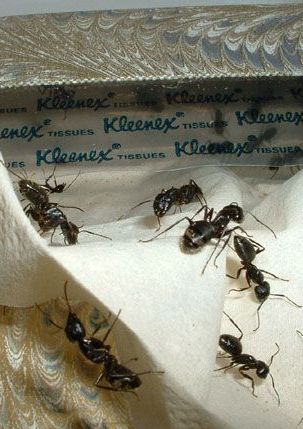
Sugar / Pavement Ants
Sugar or pavement ants, characterized by their small size (1.5-2.0mm), black color, and uniform appearance, are another common issue in New England. These ants are often found traversing through cracks and crevices in kitchens, bathrooms, and other rooms.
As their name suggests, sugar ants are primarily attracted to sweet food sources. Their small size allows them to exploit any crack or flaw in home exteriors, making it essential to seal gaps around windows and doors and repair foundation cracks to prevent their entry.
Understanding the seasonal activity of sugar ants is crucial, as they may show increased activity during warmer months and occasionally in the fall. However, calls for their presence in winter months can also occur, as they may seek warmth and food sources within homes.
Preventing Ant Infestations
To prevent ant infestations, it is important to clean up spills promptly, store food in tightly sealed containers, and seal up gaps around windows and doors. Additionally, repairing foundation cracks and addressing any moisture issues will make it more challenging for ants to gain entry into your living or working spaces.
In conclusion, understanding the behavior of different ant species and implementing proactive measures can help mitigate the risk of infestations and potential damage to your property. If there are indications of an ant infestation, seeking professional assistance from a
reputable pest control service, such as
Beantown Pest Control, is recommended for thorough assessment and effective management.
